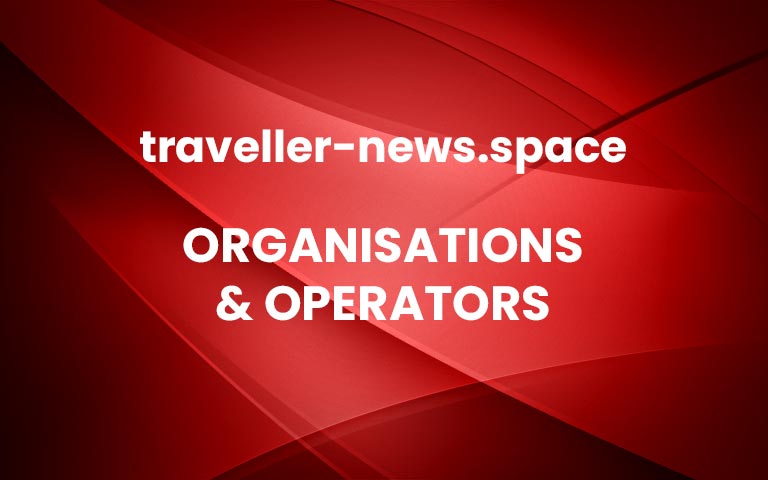Boeing and WestJet Announce the Airline’s Largest-Ever Order for 67 Airplanes
Boeing and WestJet today announced the Canadian airline is buying 67 more Boeing jets, bringing its firm order book to 123 airplanes as the carrier plans to expand its fleet and domestic and international networks. WestJet’s order, which was listed as unidentified on Boeing’s Orders & Deliveries website in June, includes: 60 737-10 jets and […] More


